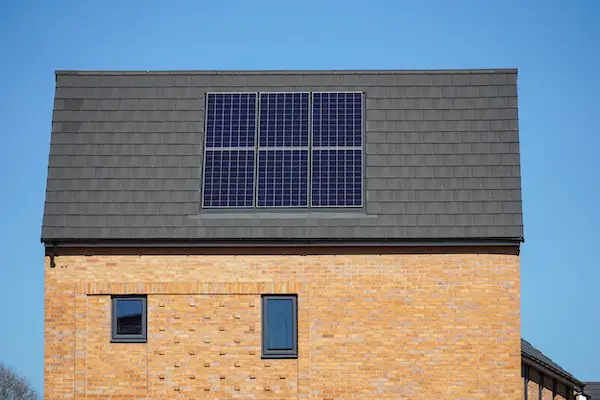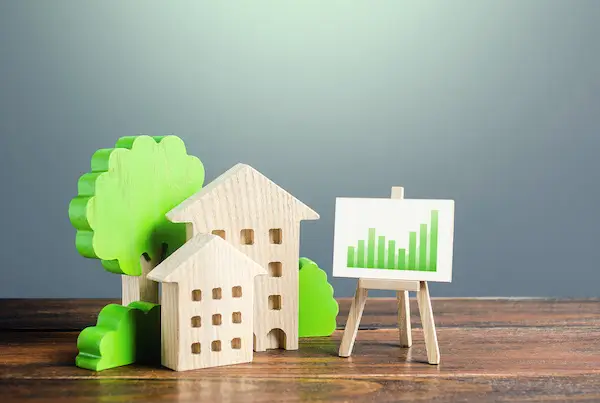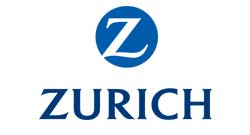
In a world growing increasingly conscious of the importance of sustainability, property developers are finding themselves at the forefront of a green revolution. This shift towards sustainable development is driven not only by a moral obligation to preserve our planet but also by consumer demand for eco-friendly homes and buildings. This post aims to delve into some innovative design ideas that are shaping the future of sustainable property development.
Adopting Green Building Materials
The choice of building materials plays a pivotal role in sustainable property development. The industry has seen a surge in the use of eco-friendly materials like bamboo, recycled steel, and reclaimed wood. These materials not only reduce the carbon footprint associated with traditional construction methods but also offer unique aesthetic possibilities for property design.
Also gaining popularity is the use of “green” insulation materials such as sheep wool, cork, and recycled plastic, which provide excellent insulation and are more eco-friendly compared to conventional options. This shift in materials signifies the industry’s move towards reducing environmental impact without sacrificing quality or aesthetics.
Embracing Energy-Efficient Technologies
The next significant aspect of sustainable property development involves the incorporation of energy-efficient technologies. Solar panels are becoming an increasingly common feature in new property designs, providing a renewable energy source that can significantly reduce electricity costs. Moreover, rainwater harvesting systems are being implemented more often, storing and recycling water for various uses such as irrigation, reducing water consumption and contributing to conservation efforts.
Energy-efficient appliances and lighting systems are also becoming standard in new properties. LED lighting, Energy Star-rated appliances, and smart thermostats can dramatically decrease energy use, thus reducing a property’s carbon footprint while also offering cost savings to residents.
Implementing Biophilic Design
Biophilic design, an approach that seeks to connect building occupants more closely to nature, is another innovative trend in sustainable property development. This concept involves the incorporation of natural elements, such as plants, water, and natural light, into property design.
This can include the design of large windows to maximize natural light, indoor gardens or green walls, and the inclusion of water features for both aesthetic appeal and natural cooling effects. Numerous studies have shown that biophilic design can improve mental health and productivity, making it a valuable addition to residential and commercial properties alike.
Sustainable Development and Insurance
Alongside the growing shift towards sustainability in property development, there’s another sector that’s keenly following these developments – the insurance industry. As property developers in the UK continue to embrace innovative design ideas and sustainable practices, insurers are responding by adjusting their offerings to suit these new norms. Working with Goldcrest Insurance means you get the best cover tailored to your individual project.
Aligning Insurance with Sustainability
 Insurers are increasingly recognising that sustainable properties tend to be less risky compared to their traditional counterparts. This is particularly relevant in the context of climate change, where sustainable properties, by virtue of their design and construction, can better withstand severe weather events and environmental risks.
Insurers are increasingly recognising that sustainable properties tend to be less risky compared to their traditional counterparts. This is particularly relevant in the context of climate change, where sustainable properties, by virtue of their design and construction, can better withstand severe weather events and environmental risks.
Buildings constructed with green materials and technologies often demonstrate superior performance when it comes to energy efficiency and durability. These properties are not only designed to reduce carbon footprints but also to mitigate potential damage from flooding or other weather-related incidents. As a result, these properties may be eligible for lower insurance premiums, reflecting their lower risk profile.
Moreover, several insurance providers in the UK now offer “green” insurance policies specifically tailored for sustainable properties.These policies often include unique provisions, such as coverage for the repair or replacement of sustainable features (like solar panels or rainwater harvesting systems), in case of damage or loss.
The Role of Insurers in Promoting Sustainable Development
Furthermore, insurers have a pivotal role in encouraging more sustainable property development. By offering preferential terms for green buildings, insurers can incentivise developers to adopt sustainable practices. It’s a win-win scenario – developers can attract socially-conscious buyers with their green credentials while benefiting from potentially lower insurance costs, and insurers reduce their exposure to risk by encouraging the development of resilient, sustainable properties.
Navigating the Insurance Landscape for Sustainable Properties
It’s crucial for developers to understand this changing insurance landscape as they plan their sustainable projects. Engaging with insurers early on in the design and planning process can help developers identify potential issues and ensure their properties meet the requirements to qualify for these special insurance provisions.
Insurance is a key component that fits neatly into the broader picture of sustainable property development. The industry’s support for sustainability further enhances the business case for green building and offers yet another compelling reason for developers to fully embrace this approach.
By staying abreast of these trends, property developers in the UK can not only contribute to a more sustainable future but also capitalise on the benefits and opportunities that this alignment between sustainability and insurance presents.




